If you’ve ever imagined a cat that looks like it stepped straight out of a fairy tale, you’re probably picturing a Siberian. These magnificent felines, with their luxurious coats and piercing eyes, represent one of nature’s most remarkable adaptations to harsh climates. Think of them as the ultimate survival specialists of the cat world.
The Siberian breed has truly endured the test of time, with references in Russian literature dating back several hundred years. Some experts even speculate that these silky beauties may be the ancestors to all modern longhaired cats. Let’s dive into the captivating world of these Russian treasures and discover what makes them so extraordinary.
Ancient Origins and Russian Royalty
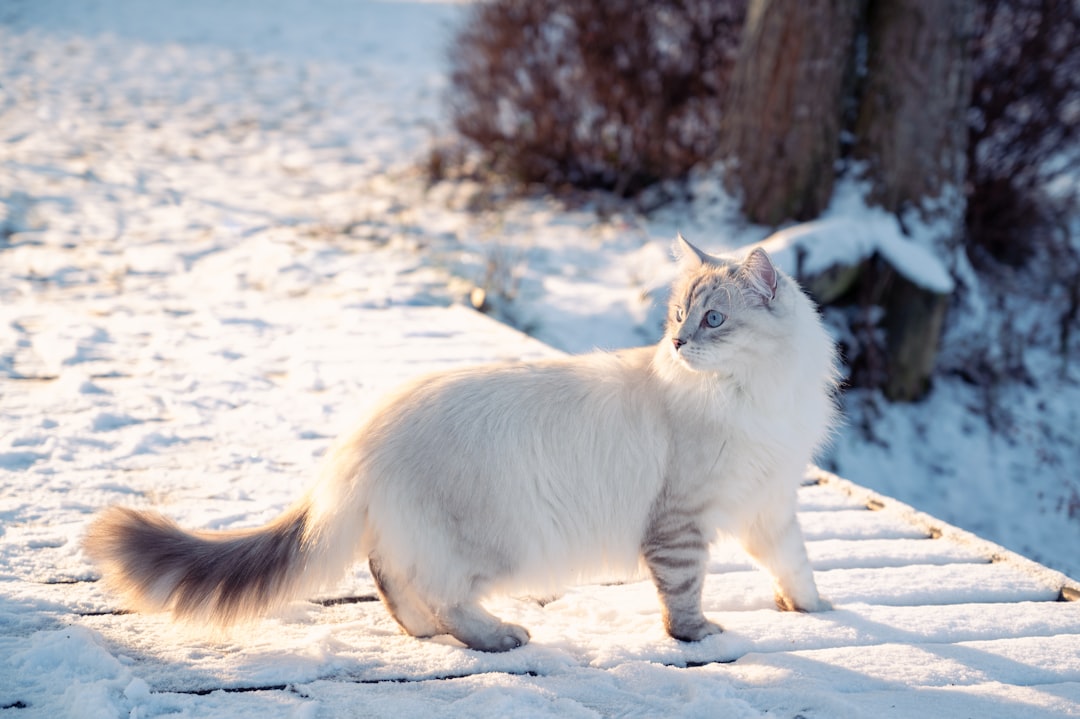
Picture the vast, snow-covered forests of Siberia over a thousand years ago. Siberian cats are believed to have originated in these dense forests at least 1,000 years ago, and some people even think these silky beauties are the ancestors to all modern longhaired cats.
These kitties most likely became domesticated when they sought out farms, shops, and monasteries as an escape from the brutal Siberian temperatures. These cats have significant cultural importance in Russia, appearing in Russian fairy tales and folklore.
References to Siberian Cats date back at least 1,000 years, and they were prized for their ability to keep mice and other rodents away from food sources. The Siberian Cat appears in Russian fairy tales, folktales and children’s books.
Built for Survival: Physical Characteristics
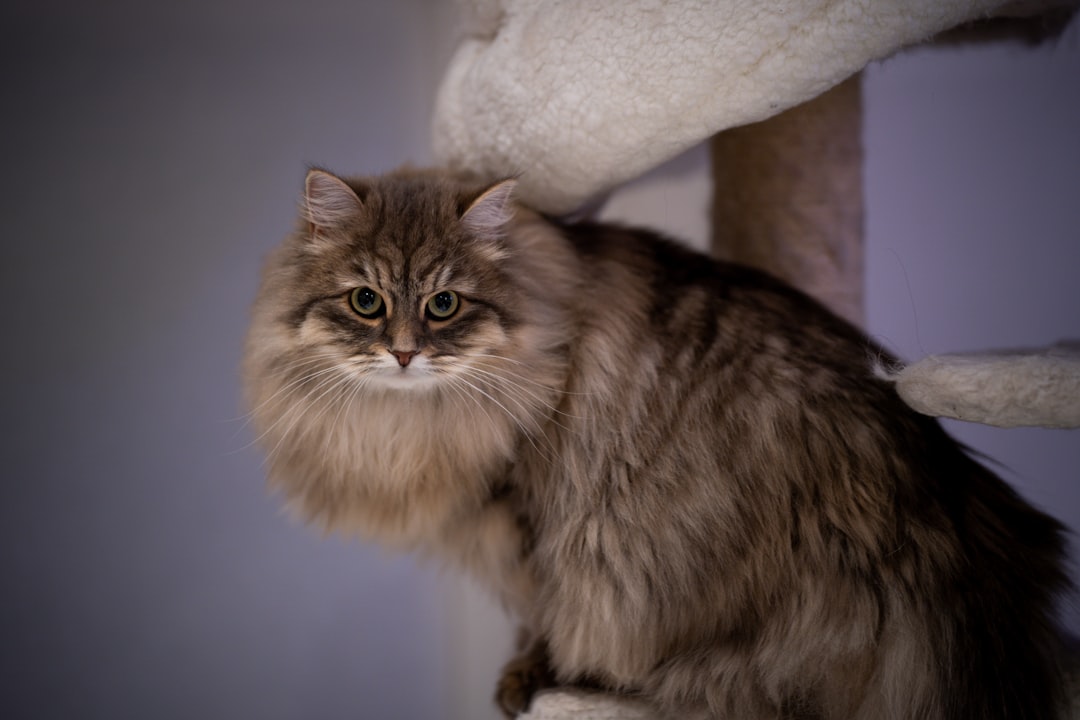
When you see a Siberian cat, you’re looking at evolution at its finest. Known to be exceptionally agile jumpers, the Siberian is a strong and powerfully-built cat, with strong hindquarters and large, well-rounded paws.
The Siberian cat has a very thick triple coat that consists of long guard hairs on the outside, a second long coat made up of awn hairs, and a shorter, downy undercoat that lies close to the skin. Siberian cats have long, triple-layered, water-resistant coats and sturdy, muscular bodies that seem heavy compared to their size.
These aren’t small house cats either. Siberian cats are a medium to large semi-longhair breed with males ranging from 15 to 20 pounds and females only slightly smaller. The friendly Siberian is a naturally occurring cat breed that’s slow to mature, not reaching his full-grown size of 12–15 pounds (or more!) until around his fifth birthday.
Personality That Steals Hearts
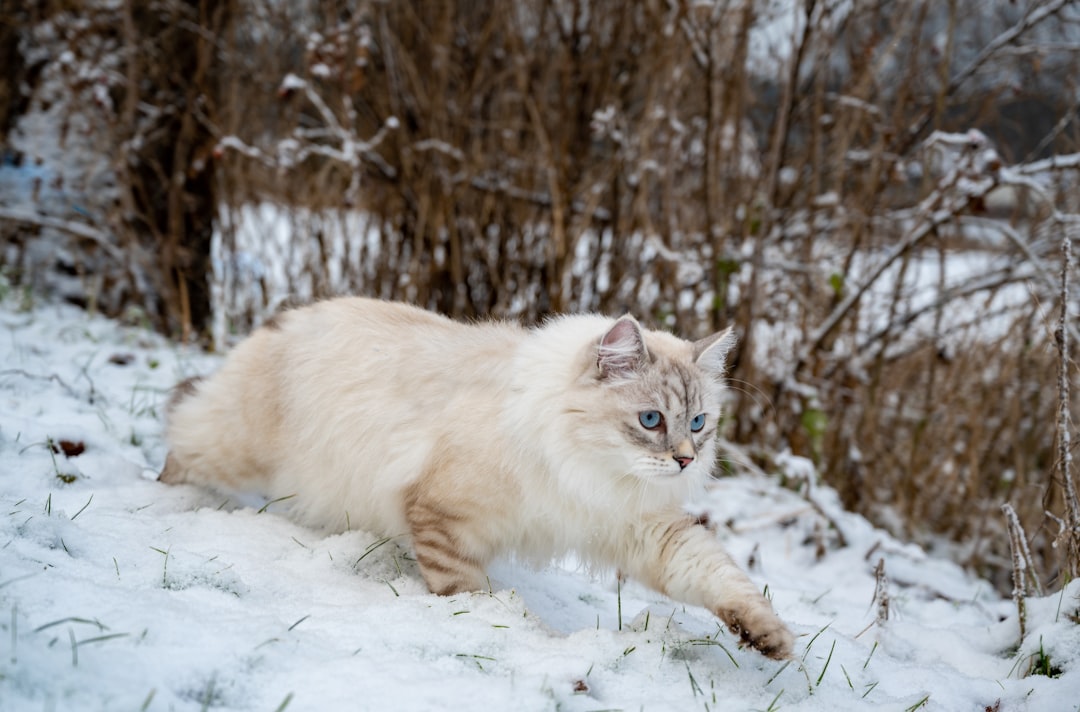
What truly sets Siberians apart isn’t just their stunning looks, but their incredible personalities. Siberians are easygoing and affectionate, getting along well with other animals and with children. The Siberian is both brave and independent, yet regularly seeks companionship.
It is said that they are empathetic cats with a keen sense of the emotions of others, eagerly offering their company and support to humans in need. Research has shown that the Siberian cat is one of the most sociable toward humans and least likely to show fearfulness.
They are also known as playful cats who keep their adventurous spirit well into adulthood. In fact, Siberians prefer not to be left alone for long periods.
The Water-Loving Wonders

Here’s something that might surprise you: most cats hate water, but Siberians are the exception. They love water. The Siberian has majestic fur that not only offers great insulation, but is also waterproof. This may be the reason why these cats love water!
You will often catch them playing with faucets, water fountains or water bowls. Don’t be surprised if they hop into your shower too! Unlike most breeds, Siberians tend to like water. If they’re raised with baths as kittens, they’ll likely enjoy getting a bath every once in a while.
The Hypoallergenic Mystery
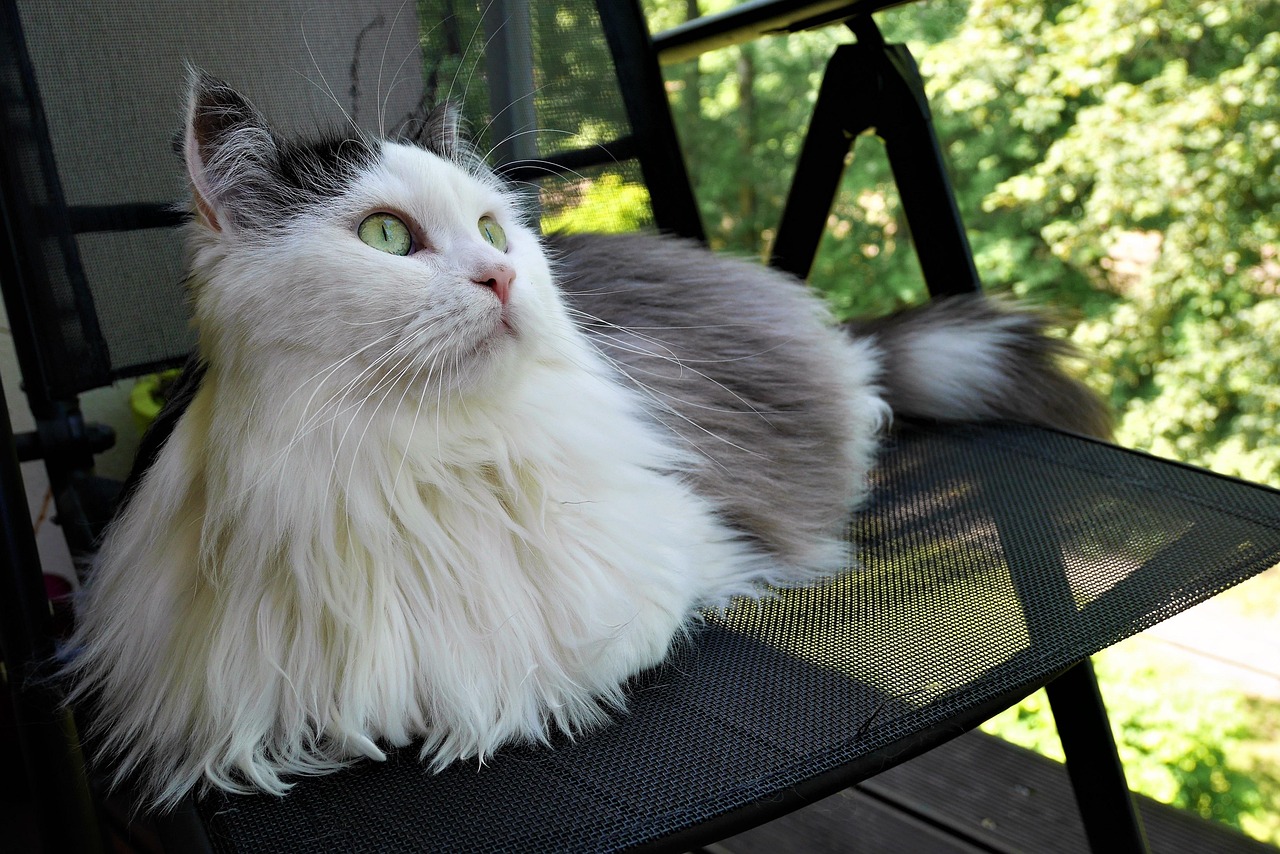
One of the most fascinating aspects of Siberian cats is their potential hypoallergenic properties. Siberian Research has compiled test data from over 300 samples of Siberian saliva and fur. About half of the Siberians tested had allergen levels that were significantly lower than normal street cats.
Half of Siberians tested had Fel d1 allergen levels substantially lower than other breeds. Roughly 15% of Siberians are suitable for homes with severe cat allergies. The comparison of sequences revealed a considerable number of mutations; some of those detected in the Siberian cat could affect the Fel d1 allergenic properties.
However, it’s important to understand that Siberians are not considered to be hypoallergenic cats. In fact, no cat is truly hypoallergenic, as all cats produce Fel-d1 (the protein associated with cat allergies) in their urine and saliva.
Health and Longevity
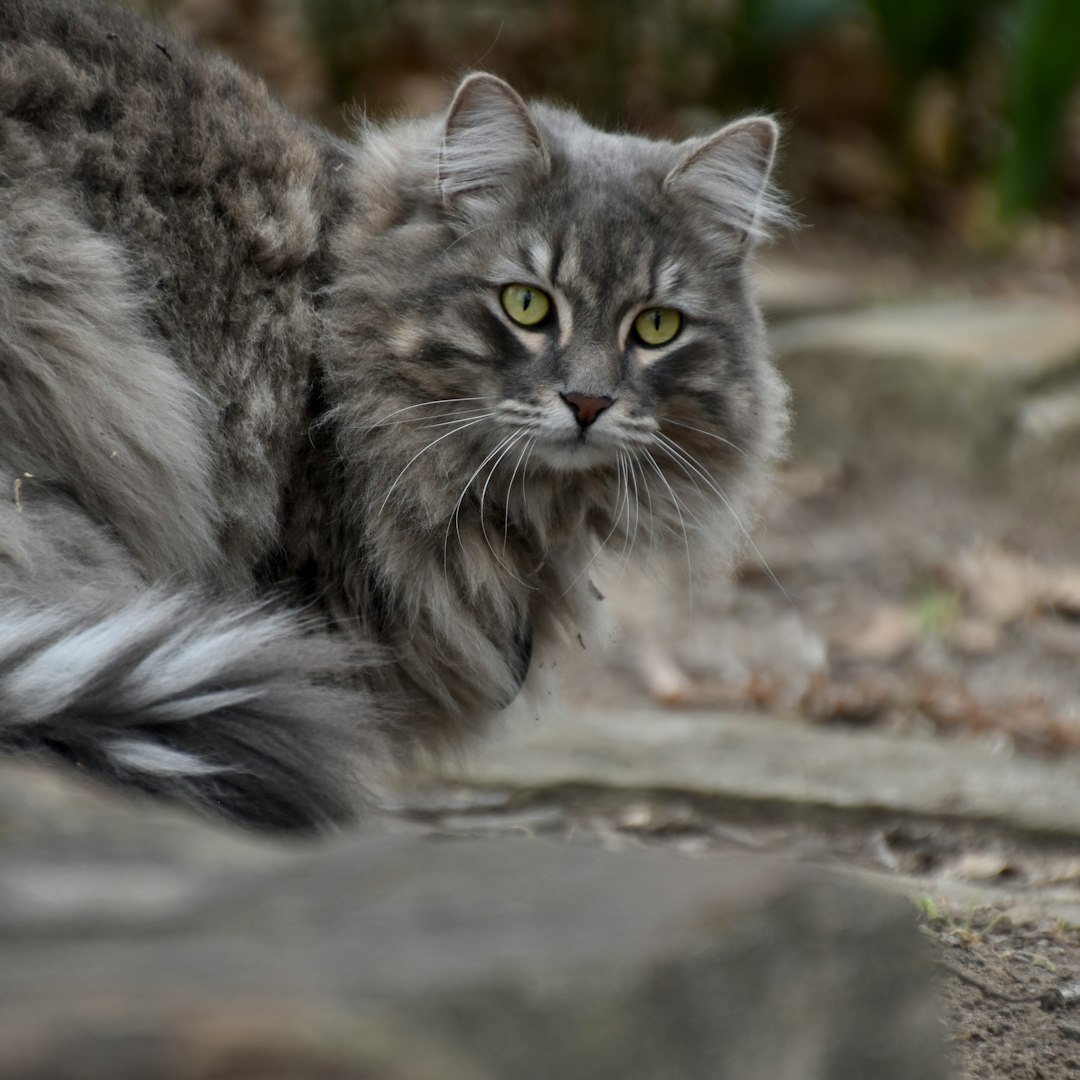
The Siberian is an ancient naturally developed landrace, which makes it a relatively healthy cat breed. In fact, the Siberian breed has the highest heterozygosity degree (genetic variation) among all cat breeds, comparable to random-bred cats.
Siberians are generally very healthy cats with a long lifespan of 10–18 years. As a breed, Siberian cats are quite healthy. The breed existed in the wild for hundreds of years with minimal veterinary intervention. This does an excellent job of weeding out problematic genetic conditions.
That said, like all breeds, they do have some health considerations. Like many other breeds, however, they do have a slightly higher risk for hypertrophic cardiomyopathy, a form of heart disease characterized by an enlarged heart.
Grooming and Care Requirements
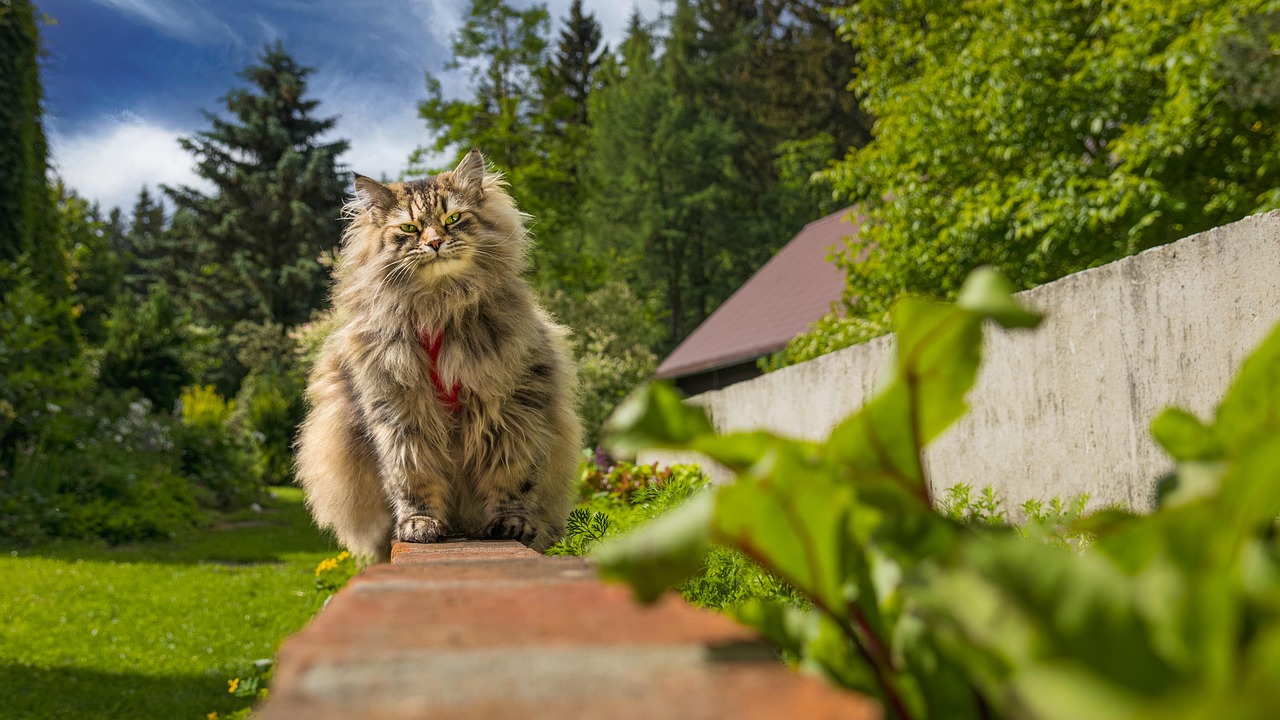
You might think that magnificent coat requires hours of daily grooming, but Siberians are surprisingly low-maintenance. Siberian cats have moderate grooming needs. Their thick coats should be brushed once or twice a week for most of the year. This will help prevent tangles.
Twice a year Siberian cats actually molt: In the spring, this breed sheds their longer, warmer winter coat, and in the fall they shed a shorter summer coat. Unlike many of our furry friends, a Siberian cat’s molting is not triggered by a change in temperature but rather by the change in daylight hours.
You should brush your cat at least once a day during these times to remove dead hairs. The good news? These cats can groom themselves quite well, so they rarely need baths.
Modern Recognition and Popularity
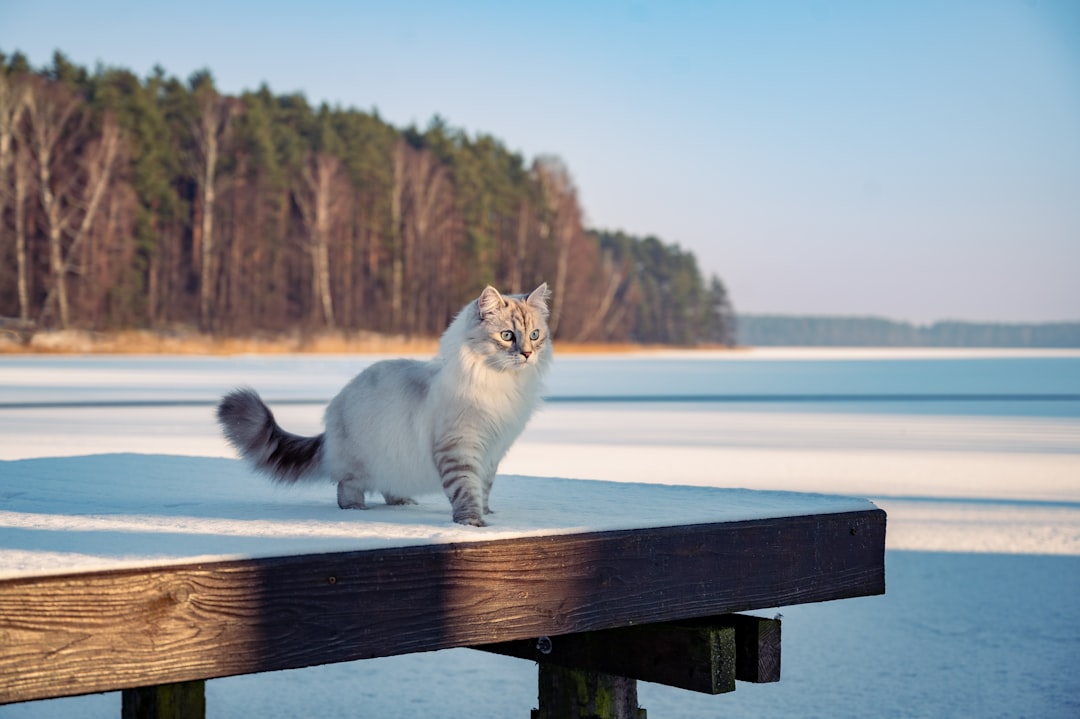
Despite their ancient origins, Siberians are relatively new to the Western world. They weren’t exported until after the Cold War and were first imported to the U.S. in 1990. In 1996, The International Cat Association (TICA) recognized the breed, followed by its acceptance to the American Cat Fanciers Association (ACFA) in 1999.
Especially at the beginning of the 2020s, the popularity of the Siberian rapidly increased worldwide. As a result, the Siberian cat has secured a place among the top 10 most popular breeds in various cat registries.
Siberian kittens cost between $1,200 and $4,000 because they’re in high demand and rare outside of Russia. Their rarity and unique qualities make them highly sought after by cat enthusiasts worldwide.
Conclusion
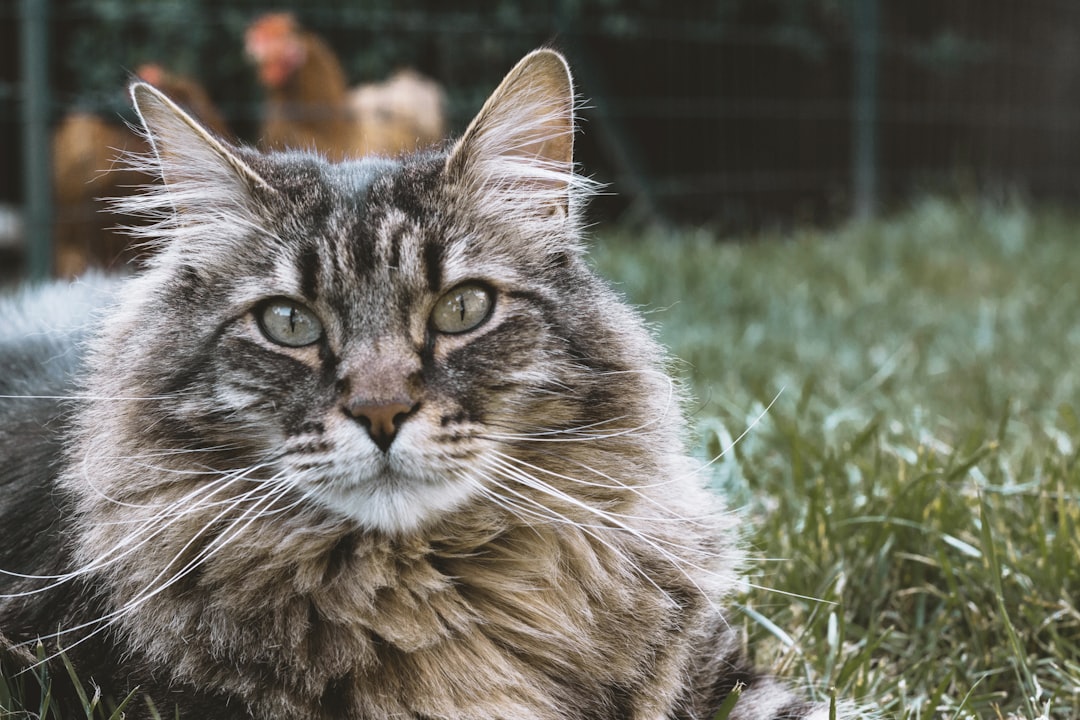
The Siberian cat represents something truly special in the feline world. From their ancient Russian origins to their modern-day status as beloved companions, these cats embody the perfect blend of wild beauty and domestic charm. Their water-resistant coats, gentle personalities, and potential hypoallergenic properties make them stand out among all cat breeds.
Whether you’re drawn to their fairy-tale appearance, their dog-like loyalty, or their fascinating history, Siberian cats offer something unique for every cat lover. They’re living proof that sometimes the most extraordinary companions come from the most challenging environments.
What fascinates you most about these remarkable Russian cats? Tell us in the comments.




